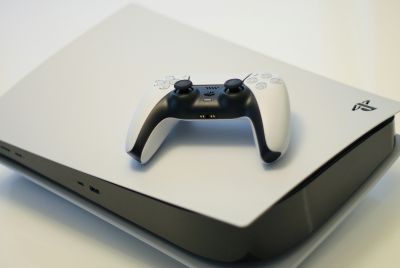Xbox Series X, PlayStation 5 specifications allegedly leaked by AMD internal testing data
Sources have reportedly come up with the speculated performance capabilities of the PlayStation 5 and Xbox Series X.
The gaming industry already knows that the Xbox Series X and PlayStation 5 are due to release in 2020. Nevertheless, Microsoft and Sony are yet to disclose the official specifications of its respective consoles, but a new set of leaks might have given experts an overview of what to expect. The information allegedly comes from internal testing data generated by AMD's ASIC validation department. The results were reportedly uploaded to GitHub and even included Ryzen APUs along with those of the two next-generation gaming machines.
The testing data were probably generated a few months back, which some will argue implies a possible change. However, the article from Digital Foundry and published by Eurogamer sheds some light into the matter. It was pointed out that it would be impossible to change the architecture of the microprocessor, which would have taken several years to develop. However, it is plausible for the engineers to tweak clock speeds and add more memory.
PlayStation 5
Sources refer to the PS5's new silicon as "Oberon" and will feature a 9.2-teraflop GPU. In contrast, the PS4 was supposedly capable of maxing out at 1.84 teraflops only. Meanwhile, the memory will be GDDR6 at 448 GB/s but could go up as high as 512 GB/s. The console's graphics chip can handle 36 custom Navi compute units at 2000 MHz.
Those who were wondering about backward compatibility should rest easy knowing that the hardware will support it. The GPU can apparently switch between three modes. PlayStation 5 titles will natively run on "gen 2" mode, while PS4 titles will operate on "gen 1" and "gen 0." There is no mention of older generation titles being compatible, but it can be programmed to run via software emulation later on.
Xbox Series X
Unlike Sony's upcoming platform, information about Microsoft's new gaming system was not as comprehensive. Nevertheless, the chipset appears to labelled "Arden" and the numbers gleaned from the results hint that it could be more powerful than the PS5.
So far the GPU performance is rated at 56 custom Navi compute units at 1700 MHz while the GDDR6 memory sits at 560 GB/s. Moreover, the console is speculated to manage up to 12 teraflops.
Pricing and availability
It is difficult to pinpoint the exact pricing for the PlayStation 5 and Xbox Series X. If the AMD test results are anything to go by, consumers should be looking at a significant bump in price compared to current-generation game systems.
On the other hand, it is possible for the companies to make adjustments and even possibly sell these products at a loss. The manufacturers have already done this in the past and can still make up for the costs via software sales and other subscription services.
Both consoles have a target release date sometime in the holiday shopping season of 2020. The data provided above are not yet final and should be taken with a pinch of salt. Sources suggest a major reveal from Sony and Microsoft might come earlier next year to market the devices as early as possible.

© Copyright IBTimes 2025. All rights reserved.


















